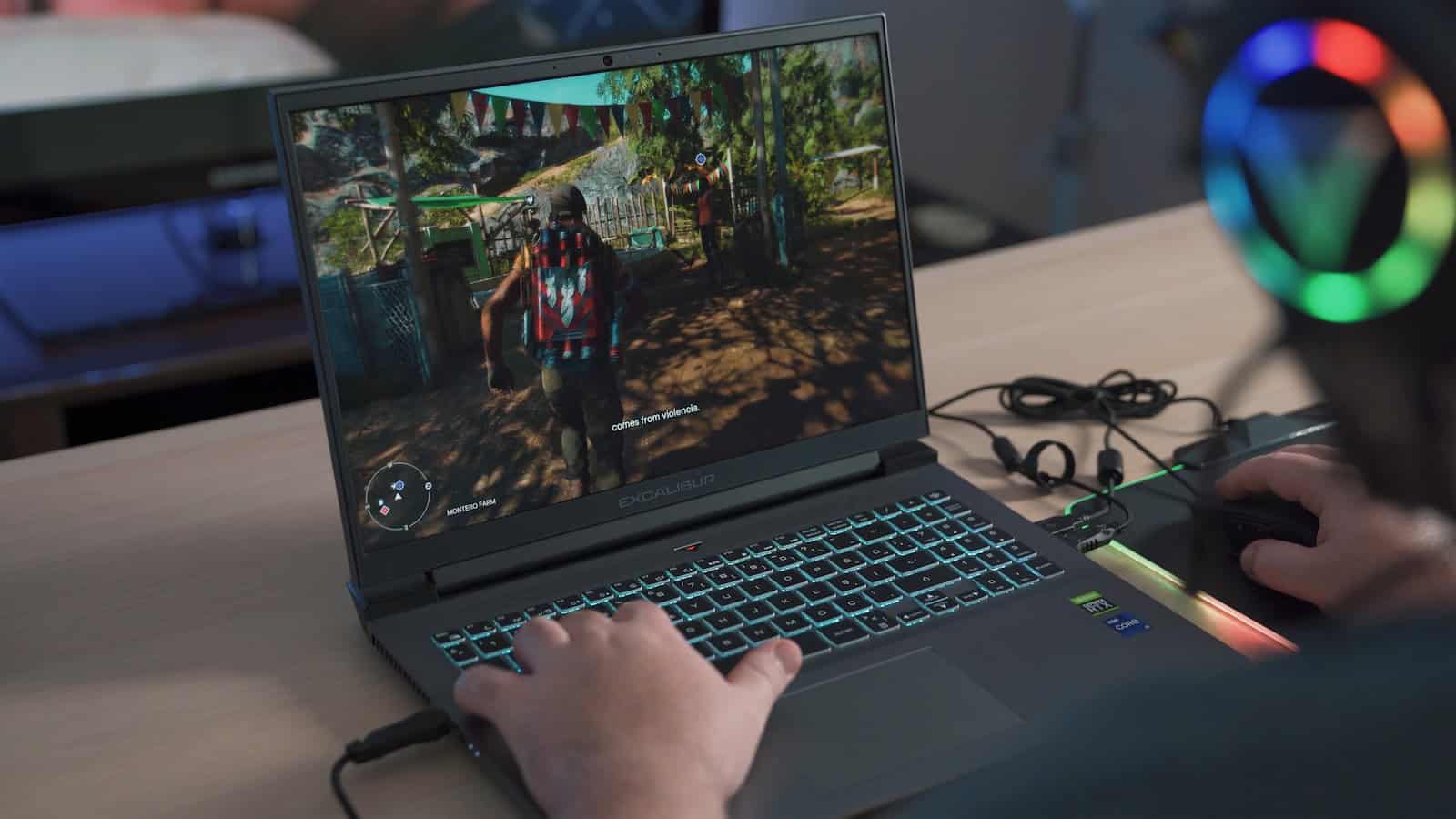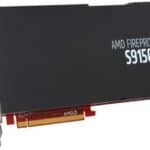With the surge in PC gaming, many wonder if their non-gaming laptops with integrated graphics can handle popular games. Integrated graphics, such as Intel HD, UHD, Iris Xe, or AMD’s offerings, are built into the processor and historically haven’t matched the performance of dedicated graphics cards from NVIDIA or AMD’s 3000 and 4000 series. However, advancements have closed the performance gap, making gaming without a separate graphics card more accessible.
Laptops, especially ultraportable and ultrabook models, have come a long way in their ability to run games. No longer are dedicated graphic cards the only option for a smooth gaming experience. Today’s integrated graphics in processors like Intel Core i7 or AMD Ryzen 7 are showing promising results. They can run various games at acceptable frame rates, making them suitable for casual gaming on the go.
These improvements in integrated graphics performance present a new opportunity for gamers using everyday laptops. They allow for a wider range of gaming options, which were previously limited to only the simplest titles or older games. This shift has made gaming more inclusive, with many able to play on devices they already own.
Integrated Graphics and Gaming: What You Need to Know
Playing games on a PC with integrated graphics is possible, but it’s important to understand the limitations and manage your expectations. You won’t be able to play the latest AAA titles at high settings, but you can still enjoy a variety of games. Let’s explore what integrated graphics can handle.
What are integrated graphics?
Integrated graphics are built into the CPU, sharing resources like system memory instead of having dedicated video memory like discrete graphics cards. This makes them more affordable and energy-efficient but less powerful for demanding tasks like gaming.
Which games can you play?
The types of games you can play on integrated graphics depend on the specific model and your desired settings. Generally, older games, indie games, and less graphically intensive titles run well on integrated graphics. You can also play some newer games at lower settings or resolutions.
Examples of Games Playable on Integrated Graphics
| Game Title | Genre | Year | Integrated Graphics Performance |
|---|---|---|---|
| League of Legends | MOBA | 2009 | High |
| Counter-Strike: Global Offensive | FPS | 2012 | Medium |
| Valorant | FPS | 2020 | Medium |
| Minecraft | Sandbox | 2011 | High |
| Stardew Valley | RPG/Simulation | 2016 | High |
| Dota 2 | MOBA | 2013 | Medium |
| Rocket League | Sports | 2015 | Medium |
| Overwatch 2 | FPS | 2022 | Low |
| World of Warcraft | MMORPG | 2004 | Medium |
| Path of Exile | ARPG | 2013 | Low |
Factors Affecting Performance
Several factors influence how well games run on integrated graphics:
- Game Requirements: Check the minimum and recommended system requirements of the game you want to play.
- Graphics Settings: Lowering settings like resolution, texture quality, and shadows can significantly improve performance.
- Integrated Graphics Model: Newer models generally offer better performance than older ones.
- CPU: A faster CPU can help improve overall performance.
- Available System Memory: Since integrated graphics share system memory, having more RAM can be beneficial.
Tips for Better Performance
- Update Drivers: Keep your graphics drivers up to date for optimal performance and compatibility.
- Close Background Applications: Free up system resources by closing unnecessary applications.
- Lower In-Game Settings: Experiment with different settings to find the right balance between visuals and performance.
- Consider Cloud Gaming: Services like GeForce Now or Shadow allow you to play demanding games on less powerful hardware.
Remember, integrated graphics are not designed for high-end gaming. If you’re a serious gamer, investing in a dedicated graphics card is the best way to enjoy the latest games at their full potential. However, for casual gaming or playing older titles, integrated graphics can be a viable option.
Remember to adjust settings and expectations to have the best gaming experience with your integrated graphics.
Key Takeaways
- Integrated graphics have improved significantly, enabling basic gaming on many non-gaming laptops.
- Modern laptops with the latest integrated graphics can run a variety of games at satisfactory performance levels.
- The gap between integrated and dedicated graphics performance is narrowing, expanding gaming possibilities for average users.
Evaluating Integrated Graphics Capabilities
Integrated graphics have improved significantly, offering a viable option for casual gaming. They now support a variety of games, provided the settings and resolutions are adjusted for optimal performance.
Benchmarking Performance and Frame Rates
To measure the capabilities of integrated graphics, benchmarking performance and frame rates is crucial. On average, frame rates of 30 frames per second (fps) or more indicate a playable experience. Games on low-end hardware with integrated chips like Intel HD or UHD Graphics may perform differently depending on their graphical settings. For instance, at lowest settings, some games might reach or exceed an average of 30 fps, which is a basic standard for smooth gameplay.
Gaming at Different Resolutions
The resolution greatly impacts GPU performance. Most integrated GPUs can handle games at 720p, which often leads to satisfactory frame rates. However, pushing resolutions to 1080p may lead to a drop in performance. As graphical demands increase at this resolution, fps figures tend to decrease, affecting the fluidity of the gameplay.
Comparing Intel HD/UHD and AMD Graphics
Intel’s integrated solutions, such as the HD and UHD Graphics series, are common in many desktops and non-gaming laptops. In comparison, AMD graphics, found in some APUs, typically offer stronger performance with more execution units. This difference in execution units means AMD can sometimes deliver better frame rates and handle more demanding graphical settings while still maintaining playable fps figures.
Improving Gaming Experience on Integrated GPUs
Gamers can take steps to improve their experience on integrated graphics. Updating drivers ensures the GPU operates efficiently. Playing at reduced resolutions and using the lowest settings can increase fps for smoother gameplay. Choosing games that require less graphical power also helps maintain higher frame rates, providing a more enjoyable experience on integrated GPUs.







